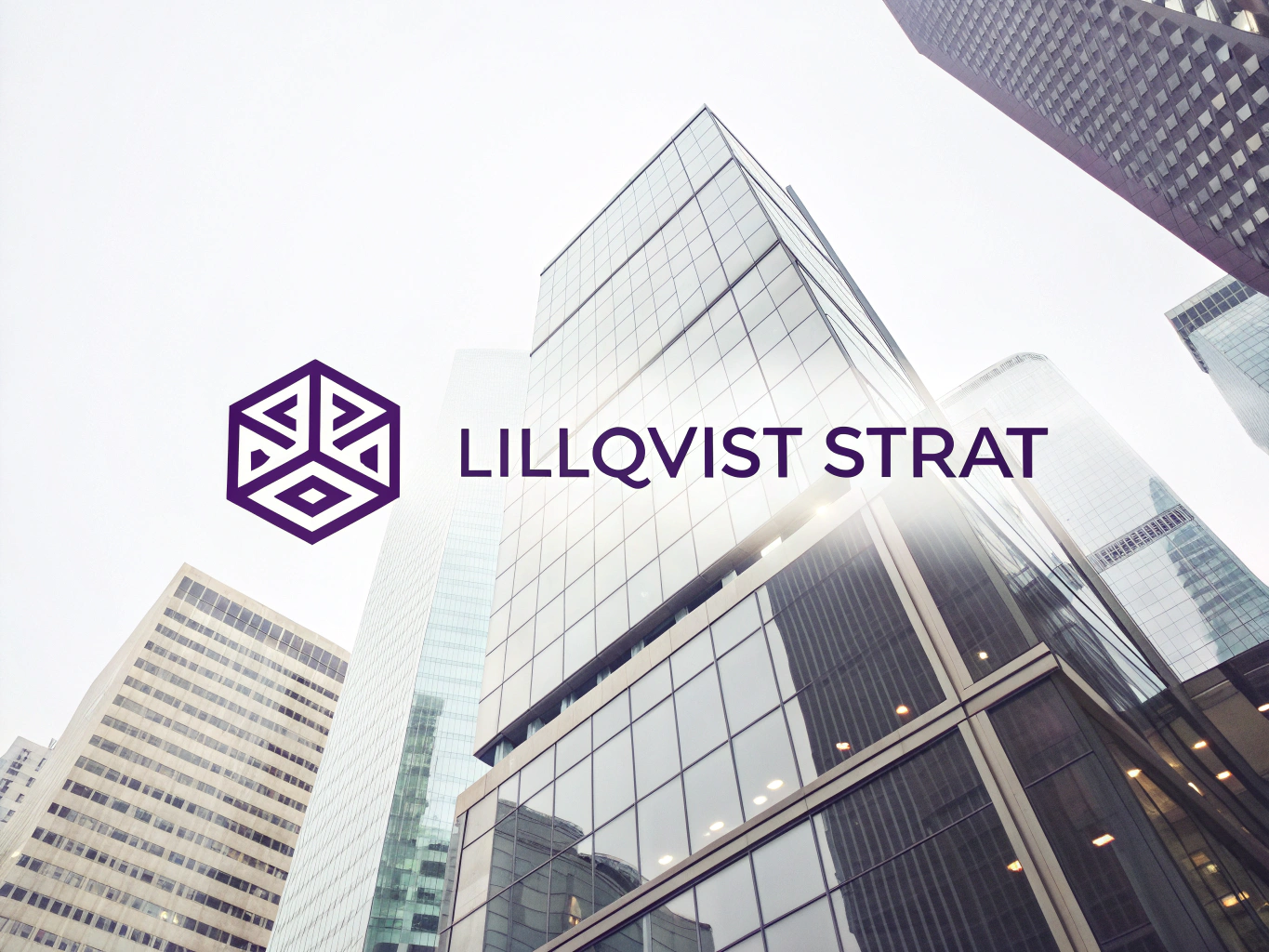Minimizing Disruptions and Maximizing Efficiency
In the ever-evolving landscape of modern business, operational risks are a constant challenge. Whether it’s supply chain disruptions, market fluctuations, or cybersecurity threats, businesses need to be proactive in identifying and mitigating risks before they become full-blown issues. With the power of Artificial Intelligence (AI), businesses can now automate risk mitigation strategies and enhance operational resilience.
By leveraging AI tools, businesses can analyze vast amounts of operational data to predict potential disruptions and implement proactive measures to reduce their impact. This not only improves operational efficiency but also saves valuable time and resources. At Lillqvist Strat, we help companies harness AI to streamline their risk management processes, allowing them to stay ahead of potential threats.
Analyzing Operational Risks with AI
AI has the unique ability to process vast amounts of data from multiple sources, uncovering hidden patterns and trends that humans might overlook. In the context of risk mitigation, this means that AI can analyze operational data to identify emerging risks and predict potential disruptions before they occur.
For example, AI can monitor a company’s supply chain data to predict delays in shipments or identify potential bottlenecks. It can also analyze financial data to detect signs of cash flow issues or operational inefficiencies. By leveraging AI to continuously analyze data, businesses gain insights that can be used to make more informed decisions, prioritize risk mitigation efforts, and reduce the chances of unexpected disruptions.
Implementing Automated Risk Mitigation Strategies
Once AI has identified potential risks, it can automatically recommend and implement risk mitigation strategies. Whether it’s adjusting supply chain routes, updating pricing models, or reallocating resources, AI can take quick action to address issues before they impact operations.
For example:
- Supply chain risks: If AI detects an impending shortage of materials, it can automatically reorder supplies from alternate vendors to prevent delays.
- Cybersecurity risks: AI systems can detect unusual patterns in network activity, automatically triggering preventive measures like patching vulnerabilities or alerting IT teams to potential threats.
- Financial risks: AI can analyze historical financial data and predict cash flow shortages, triggering automatic adjustments to budgets or resource allocations.
By automating these processes, businesses not only save time but also ensure that risk mitigation actions are taken immediately, reducing the likelihood of operational disruptions and minimizing potential losses.
Proactively Managing High-Risk Areas
Not all risks are created equal. Some operational risks have a more significant impact on business operations than others. AI allows businesses to focus on high-risk areas by analyzing data and highlighting the most pressing threats. By prioritizing these risks, businesses can take immediate action to address them, rather than spending time on lower-impact issues.
For instance, AI can identify that supply chain disruptions due to geopolitical events pose a higher risk than local operational inefficiencies. As a result, the business can prioritize securing alternate supply sources or building redundancy into the supply chain to minimize the impact.
Example Code: Predicting Operational Risks Using AI
Here’s a basic Python example demonstrating how machine learning can predict potential risks, using AI to classify high-risk areas based on historical data.
import pandas as pd
from sklearn.model_selection import train_test_split
from sklearn.ensemble import RandomForestClassifier
from sklearn.metrics import classification_report
# Sample operational data
data = pd.DataFrame({
'SupplyChainDisruption': [1, 0, 1, 0, 1],
'FinancialStress': [0, 1, 0, 1, 0],
'CyberThreatDetected': [1, 0, 1, 0, 1],
'RiskLevel': [1, 0, 1, 0, 1] # 1 = High Risk, 0 = Low Risk
})
# Features and target variable
X = data[['SupplyChainDisruption', 'FinancialStress', 'CyberThreatDetected']]
y = data['RiskLevel']
# Split data into training and testing sets
X_train, X_test, y_train, y_test = train_test_split(X, y, test_size=0.2, random_state=42)
# Train a RandomForest model
model = RandomForestClassifier()
model.fit(X_train, y_train)
# Make predictions
y_pred = model.predict(X_test)
# Evaluate the model
print(classification_report(y_test, y_pred))In this example, we use a Random Forest Classifier to predict whether a given operational scenario will result in a high-risk or low-risk situation. By inputting data related to supply chain disruptions, financial stress, and cybersecurity threats, the model outputs a risk level prediction, helping the business identify areas that require immediate attention.
Saving Time by Focusing on High-Risk Areas
One of the main advantages of implementing AI in risk mitigation is the time saved by automating risk identification and response processes. Rather than spending hours manually reviewing data or implementing mitigation strategies, AI systems can quickly identify risks and automatically take action where necessary.
For example, AI tools can continuously monitor financial transactions and flag potential fraud or errors as they occur, instantly notifying the relevant teams for resolution. In contrast, traditional methods of reviewing financial data manually would take significantly more time and effort.
By focusing on high-risk areas and automating responses, businesses can ensure that their resources are used efficiently, and that operational disruptions are minimized.
Example Code: Automated Risk Mitigation Action
Here’s an example of how you might automate a simple action, such as adjusting the budget allocation based on predicted financial risks:
def adjust_budget_based_on_risk(risk_level):
if risk_level == 1: # High Risk
print("Adjusting budget allocation: Increase contingency funds.")
else:
print("Budget allocation is stable. No adjustments needed.")
# Predict risk level using previously trained model
predicted_risk = model.predict([[1, 0, 1]]) # Example data
adjust_budget_based_on_risk(predicted_risk[0])In this example, the system takes action by adjusting the budget allocation if a high-risk situation is detected. This ensures that businesses remain financially resilient, even in the face of unforeseen challenges.
Embracing AI for Automated Risk Mitigation
AI-driven automated risk mitigation offers a powerful way to analyze and manage operational risks, enabling businesses to stay ahead of potential disruptions. By continuously analyzing data and automatically implementing strategies to address risks, businesses can ensure smoother operations and minimize the impact of unforeseen challenges.
At Lillqvist Strat, we specialize in helping companies implement AI solutions to streamline their risk management processes. With our expertise, businesses can save time, reduce operational disruptions, and proactively manage risks without the need for constant manual intervention.
By focusing on high-risk areas and automating risk mitigation, AI ensures that businesses can navigate today’s complex operational environment with confidence and agility. Get in touch with Lillqvist Strat to start implementing AI-driven risk mitigation strategies and future-proof your operations.

Lillqvist Strat consults on business developement, software projects, automation, SOPs, analytical tools and more.
Contact me today to get started on our journey to higher profits, more revenue and happier employees!
Go to Contact now



